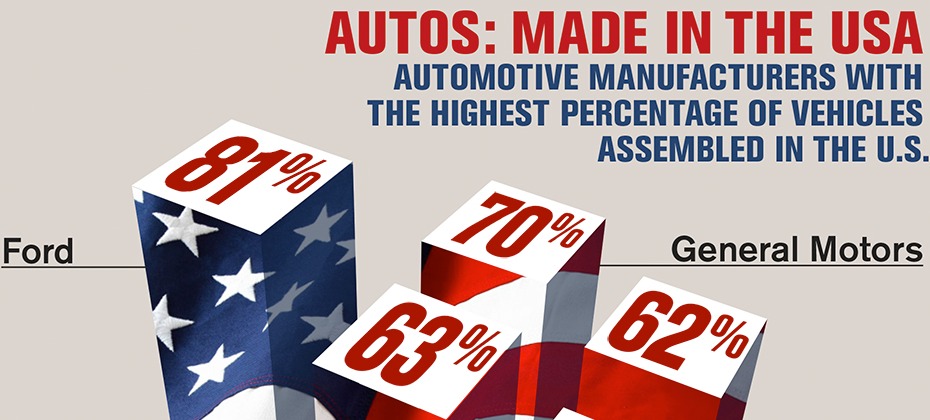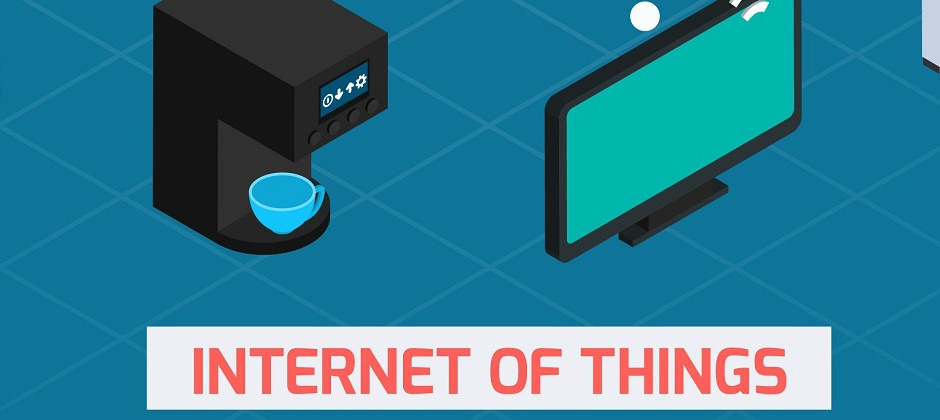All posts by Editor

Serasa today launches a new service that allows Brazilian consumers to check their credit reports online for free. By visiting serasaconsumidor.com.br or by downloading the SerasaConsumidor App on Google Play or iTunes, consumers can check if they are delinquent, what led them to this status and whether it relates to bank, credit card, financial, retail, utilities, protested securities, checks without funds or lawsuits checks. Consumers will also have information about lenders, such as telephones, address, email and website as well as the value of the debt and repayment date for the delayed debt. Additionally, the consumer can renegotiate the debt directly, without intermediaries, if the company is a partner of Serasa’s free service Limpa Nome Online. People can make a free online inquiry as often as they would like. To participate in the free online program, consumers must access serasaconsumidor.com.br and fill out a registration or enter an email address and password if already registered. The service is also available on mobile Apps Android and iOS. To properly verify the user accessing the information in Serasa, after the registration, the consumer must go through an authentication process. One of the steps is to enter the mobile number and confirm the validation code received via SMS. This validation is required only on the first access. For the director of SerasaConsumidor, Fernanda Monnerat, this new service presents the opportunity for consumers to easily and safely check the existence debts in a single digital environment. "It's another tool that we provide to Brazilians so they can have access to services that make possible, above all, their financial citizenship and ability to build a more sustainable relationship with the credit. Therefore, we reaffirm once again the commitment of Serasa with the consumer,” said Monnerat. Among other free services available on the SerasaConsumidor website, consumers can opt-in to the positive data initiative, which gathers information on the consumer’s payment history, measures their payment timeliness of debts and evaluates the risk of debt distress. Through the program, it is also possible to make a document alert and stolen checks alert. Free registration in Serasa helps to reduce risk of fraud and to avoid the challenges of having personal information used by scammers. Also on the website, users will find guidelines and tests on financial education on the newly launched page www.serasaconsumidor.com.br/organizar-financas.

Who doesn’t love a new car? That new car smell, the excitement of seeing less than 8 miles on the odometer, or the invigorating rush you feel when driving your new baby off the lot. There is nothing like it!

The Fourth of July is a special day to celebrate our independence and to show off American pride with parades, fireworks and barbecues spent with friends and family. In the spirit of this season, Experian Automotive recently conducted some research that looked at the vehicles on U.S. roads to see how many were manufactured in America or that were “Born in the USA.” According to our latest research, there are roughly 260 million light-duty vehicles on the road, with nearly 60 percent of them having been assembled domestically. The rest were built in Canada, Japan, Mexico, Germany, South Korea and others countries. From a manufacturer standpoint, it is not surprising that Ford, General Motors and Fiat Chrysler Automobiles had the highest percentage of U.S.-made vehicles currently on the road at 81.2 percent, 70.1 percent and 63.1 percent, respectively. However, Honda (61.9 percent) and Nissan (54.7 percent) also made the top five. In fact, many of the top import manufacturers hover around the 50 percent mark, including Mitsubishi (49.9 percent), Toyota (48.2 percent) and Subaru (47 percent) assembling vehicles in the USA. When looking at vehicle brands, the findings show that, overall, Jeep is the most American with 96.7 percent of its vehicles assembled in the USA. Rounding out the top five were Oldsmobile, Saturn, Ford and Cadillac, with 93.3 percent, 92.4 percent, 83.1 percent and 80.6 percent, respectively. In addition, nearly 93 percent of Ford F150s, the most popular model on the road, were built domestically. The remainder of the top five vehicle models assembled domestically are Honda Accord (88.3 percent), Toyota Camry (86.9 percent), Nissan Altima (100 percent) and Ford Explorer (100 percent). The analysis also looked at domestically assembled models that were most often financed with a loan rather than with a lease or paid for with cash. At the top of the list, the Ford F-150 was the most popular vehicle that was financed with a loan with 69.9 percent, followed by Nissan Altima, Toyota Camry, Honda Accord and Ford Explorer. For more information about this analysis or Experian Automotive insights, visit https://www.experian.com/automotive.

Experian was included in Forrester’s 2016 “Vendor Landscape: Mobile Fraud Management Solutions” report as having the 90 percent of capabilities and one of the highest estimated revenues in total fraud management.

Experian unveiled the fraud and identity industry’s first open platform designed to catch fraud faster, improve compliance and enhance the customer experience.

Experian, the global information services company, has identified five key factors currently making people and organisations more vulnerable to large-scale cyber fraud. Speaking at the renowned Merchant Risk Council EU Congress on May 19th in Seville, Spain, Experian’s Global Identity and Fraud Director, Hugh Steed, shared his insights with nearly 500 eCommerce fraud and payments professionals. A wealth of stolen data available to fraudsters. Wholesale data theft is one of the fastest growing crimes facing people and organisations today, with hundreds of millions of digital identities compromised every year. Fraudsters are increasingly targeting on-line credentials over previously preferred data, such as credit cards. The exponential growth of malware. After data breaches, malware is the criminal’s key method of obtaining digital identities. From mobile applications to traditional desktop platforms, malware manifests itself in many different forms and its volume is ever increasing. Fraudsters are targeting both end users and enterprises to acquire these valuable credentials for use in sophisticated frauds. The frequent username and password reuse by consumers. Experian’s research revealed that the majority of internet users consistently use a small set of usernames and passwords to secure multiple different accounts; including social media, email and online shopping sites. More specifically, people have on average up to 26 online accounts protected by only five different passwords. This greatly increases the risk that fraudsters can use data stolen from one source to successfully access other accounts held by the same user. An increase of multi-channel interaction between customers and business. People now have access to multiple digital and physical channels, enabling them to interact with businesses, manage accounts and make transactions. However, this diverse channel environment also facilitates the work of cyber criminals as each open channel is an opportunity to commit fraud and securing these channels is a significant challenge for enterprises. The trade-off between security and user experience. As companies consider the necessary steps required to increase online account security, they are conscious that they cannot risk adversely affecting the customer experience. Customers making transactions online today expect a seamless journey and are likely to be put off by onerous visible security procedures. Hugh commented: "Experian’s research shows that fraud today is often a complex cycle that starts with data theft and proceeds through a set of discrete staging points, ending with a fraudulent transaction. “Rather than being instantaneous, the fraud process can span weeks or even months often with different criminal organisations involved and data changing hands. However, the very nature of this cycle means that there are systems that can be implemented to detect and stop such fraud early and before it causes losses that are significant in scale. To put things into context, for a handful of our largest customers alone, we have helped them detect and prevent fraud worth over $500 million dollars.” Felipe Fernandez-Atela, President of Experian in Spain, said: "Protecting people and businesses from the threat of fraud is one of our main goals. In fact, companies using our fraud prevention solutions consistently outperform the industry benchmarks in areas such as ‘decline rates’ and ‘fraud rate by order’ – both of which are typically 15 times below the industry average. We have the expertise, both in our products, services and skills of our people to help ensure society is more protected against this type of crime.”

Adam Fingersh, senior vice president and general manager of Experian’s fraud and identity business, shared several fraud prevention strategies that businesses and consumers can use to manage risk and increase security while using Internet-enabled products, also known as the Internet of Things (IoT).

Emad Georgy, global CTO of Experian Marketing Services, explains how marketers can enhance customer journey to attain success in their business.

Headlines bemoan the lack of personal finance being taught in our schools. Most students will graduate with little to no education on personal finance basics. But, with Experian’s help, LifeSmarts is making a difference for students across the country. Together, we are helping students get on the right path to a lifetime of success by equipping them with the financial knowledge and consumer skills they need to make informed, responsible choices.